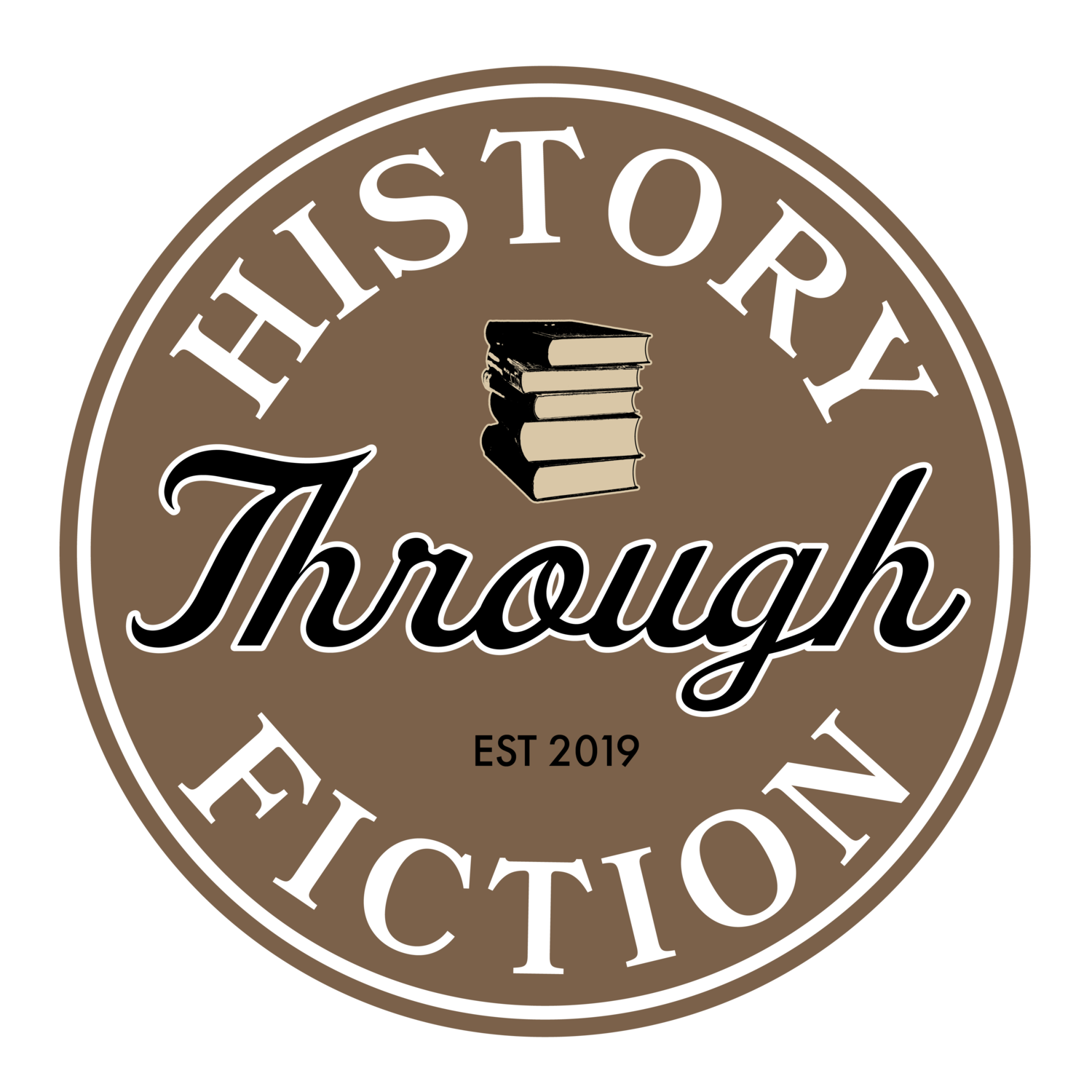King Philip II of Spain: Andreas Vesalius’ Boss
El Escorial is a historical residence of the King of Spain Built between 1563 and 1584 by order of King Philip II.
About twenty-five miles north of Madrid, a monolithic royal enclave known as El Escorial has stood since the 16th century. It was built by King Philip II of Spain (1527-1598) when Spain was in its glory. I went there many years ago as a tourist, never having heard of Philip II (or very many other European monarchs, for that matter). Designed as a combination palace and monastery, its forbidding, massive exterior gives no clue to the Renaissance wonders within, nor how closely it reflects the personality of the man who created it. He left quite an impression, and when he turned up as a key figure in the life of Andreas Vesalius, I knew he would add color to the story.
Philip was born in Spain to Charles V, Holy Roman Emperor, and Isabella, daughter of the King of Portugal. Charles was Flemish, but Philip’s upbringing was in Spain under the wing of his mother and several tutors who prepared him for royal duties. Charles was an absentee father, spending much of his reign on military campaigns, but he did pass on to Philip his approach to ruling: “piety, patience, modesty, and distrust.” When Charles abdicated his throne in 1556 and split the Holy Roman Empire between Philip and Charles’s brother Ferdinand, Philip became King of Spain and the Netherlands, and put his father’s lessons into play.
A portrait of King Philip II by Sofonisba Anguissola (1573).
He spent the first few years of his reign in the Netherlands, but then returned to Spain, never to leave again. With him went Andreas Vesalius, who had formerly served Charles, but was now reassigned to Philip’s court. A zealous Catholic, King Philip was grim, controlling, and distrustful of all but a small circle of advisors. A court historian wrote that “his smile and his dagger were very close."
Two issues dominated Philip’s royal agenda. As with all monarchs, he was preoccupied with controlling, and sometimes expanding, his dominion (Spain, the Low Countries, the kingdom of Naples and Sicily, and Spain’s foothold in the New World) through diplomacy or warfare. But just as important was his role as defender of Roman Catholicism against Martin Luther’s Protestant Reformation and the Ottoman threat from the East. He may be most remembered for his loss of the Spanish Armada to Queen Elizabeth I of England in his effort to return England to Catholicism.
Vesalius was disliked by the Spanish court physicians stuck on Galenist dogma (the feeling was no doubt mutual), but Philip called him in for two famous cases: in 1559, the mortal head wound of Philip’s future father-in-law, Henry II of France, sustained while jousting, and in 1562, the successful treatment of Don Carlos, Philip’s son from his first marriage, who sustained a head injury while chasing a maidservant. Two years later, Philip declined to permit Vesalius to reclaim his vacant professor’s chair at the University of Padua, but did permit him to go on a fateful pilgrimage to the Holy Land from which he never returned. Philip granted a pension to his widow, then turned his attention back to plans for the construction of El Escorial.
About the Author
Ron Blumenfeld is a retired pediatrician and health care executive. Ron grew up in the Bronx, New York and studied at City College of New York before receiving his MD degree from the State University of New York. After completing his pediatrics residency at the University of Arizona, he and his family settled in Connecticut, but Tucson remains their second home. Upon retirement, he became a columnist for his town’s newspaper, a pleasure he surrendered to concentrate on his debut novel, The King’s Anatomist: The Journey of Andreas Vesalius.



